 Duration
Duration
5 Dagen
 Delivery
Delivery (Online and onsite)
 Price
Price Price Upon Request
The IBM Integration Bus V10 System Administration (WM646G) course gives administrators training on IBM Integration Bus system administration. It is also relevant for IBM Integration Bus developers who also work in an administrative capacity.
In this course, you learn how to administer IBM Integration Bus on distributed operating systems, such as Windows and AIX, by using the IBM Integration Bus administrative interfaces. These interfaces include the IBM Integration web user interface and the IBM Integration Bus commands.
The course begins with an overview of IBM Integration Bus. Subsequent topics include initial product installation and maintenance, environment configuration, and basic administrative tasks such as backing up and recovering the environment. You learn about product requirements, securing access to IBM Integration Bus resources and message flows, problem determination and resolution, and performance monitoring and tuning. You also learn techniques for extending the capabilities of IBM Integration Bus. The course also covers the publish/subscribe model and reviews the Java Message Service (JMS) transport protocol and web services.
In the course lab exercises, you gain hands-on experience with IBM Integration Bus administrative tasks such as managing IBM Integration Bus runtime components, monitoring message flow applications, and configuring security.
After completing this course, you should be able to:
- Install and configure an IBM Integration Bus instance
- Establish, maintain, and manage an integration node
- Administer IBM Integration Bus components and message flow applications by using the IBM Integration web user interface and command interface
- Configure connectivity to IBM MQ to enable IBM Integration Bus to get messages from, or put messages to, queues on a local or remote queue manager
- Implement IBM Integration Bus administration and message flow security
- Use problem determination aids to diagnose and solve development and runtime errors
- Use the IBM Integration web user interface to generate and display message flow statistics
- Use IBM MQ or MQTT to publish and subscribe to IBM Integration Bus topics
- Implement an IBM Integration Bus global cache to store, reuse, and share data between integration nodes
- Use workload management policies to adjust the processing speed of messages and control the actions that are taken on unresponsive flows and threads
- Use the IBM Integration web user interface and a database to record events and replay messages
- Enable an integration node to connect to a database with ODBC and JDBC
- Configure a Java Message Services (JMS) provider for use with the JMS nodes
- Configure IBM Integration Bus for the secure file transfer protocol (SFTP)
- Find and install IBM Integration Bus SupportPac components
- Course introduction
- IBM Integration Bus overview
- Product installation, configuration, and security planning
- Exercise: Integration node setup and customization
- Connecting to IBM MQ
- Exercise: Connecting to IBM MQ
- Administration in the IBM Integration Toolkit
- Exercise: Using the IBM Integration Toolkit
- Administration basics
- Exercise: Administering the IBM Integration Bus runtime components
- Implementing IBM Integration Bus administration security
- Exercise: Using file-based security to control administration access
- Exercise: Using queue-based security to control administration access
- Implementing IBM Integration Bus message flow security
- Administering web services and web service security
- Exercise: Implementing web services and web services security
- Diagnosing problems
- Exercise: Using problem diagnosis tools
- Exercise: Identifying runtime problems
- Monitoring the integration node and message flow performance
- Publish/subscribe implementation overview
- Exercise: Viewing runtime statistics
- Configuring IBM Integration Bus for high availability
- Exercise: Administering workload management policies
- Monitoring, recording and replaying message flow events
- Exercise: Recording and replaying message flow data
- Â Extending IBM Integration Bus
- Course summary
- IBM Integration Bus Administrators
- Developers who administer IBM Integration Bus
Before taking this course, you should:
- Have hands-on experience with the Windows operating system;
- Be familiar with basic security practices and protocols such as Secure Socket Layer (SSL) and Lightweight Directory Access Protocol (LDAP);
- Experience with IBM Integration Bus message flow development and IBM MQ system administration is helpful, but not required.
The IBM Integration Bus V10 System Administration (WM646G) course gives administrators training on IBM Integration Bus system administration. It is also relevant for IBM Integration Bus developers who also work in an administrative capacity.
In this course, you learn how to administer IBM Integration Bus on distributed operating systems, such as Windows and AIX, by using the IBM Integration Bus administrative interfaces. These interfaces include the IBM Integration web user interface and the IBM Integration Bus commands.
The course begins with an overview of IBM Integration Bus. Subsequent topics include initial product installation and maintenance, environment configuration, and basic administrative tasks such as backing up and recovering the environment. You learn about product requirements, securing access to IBM Integration Bus resources and message flows, problem determination and resolution, and performance monitoring and tuning. You also learn techniques for extending the capabilities of IBM Integration Bus. The course also covers the publish/subscribe model and reviews the Java Message Service (JMS) transport protocol and web services.
In the course lab exercises, you gain hands-on experience with IBM Integration Bus administrative tasks such as managing IBM Integration Bus runtime components, monitoring message flow applications, and configuring security.
After completing this course, you should be able to:
- Install and configure an IBM Integration Bus instance
- Establish, maintain, and manage an integration node
- Administer IBM Integration Bus components and message flow applications by using the IBM Integration web user interface and command interface
- Configure connectivity to IBM MQ to enable IBM Integration Bus to get messages from, or put messages to, queues on a local or remote queue manager
- Implement IBM Integration Bus administration and message flow security
- Use problem determination aids to diagnose and solve development and runtime errors
- Use the IBM Integration web user interface to generate and display message flow statistics
- Use IBM MQ or MQTT to publish and subscribe to IBM Integration Bus topics
- Implement an IBM Integration Bus global cache to store, reuse, and share data between integration nodes
- Use workload management policies to adjust the processing speed of messages and control the actions that are taken on unresponsive flows and threads
- Use the IBM Integration web user interface and a database to record events and replay messages
- Enable an integration node to connect to a database with ODBC and JDBC
- Configure a Java Message Services (JMS) provider for use with the JMS nodes
- Configure IBM Integration Bus for the secure file transfer protocol (SFTP)
- Find and install IBM Integration Bus SupportPac components
- Course introduction
- IBM Integration Bus overview
- Product installation, configuration, and security planning
- Exercise: Integration node setup and customization
- Connecting to IBM MQ
- Exercise: Connecting to IBM MQ
- Administration in the IBM Integration Toolkit
- Exercise: Using the IBM Integration Toolkit
- Administration basics
- Exercise: Administering the IBM Integration Bus runtime components
- Implementing IBM Integration Bus administration security
- Exercise: Using file-based security to control administration access
- Exercise: Using queue-based security to control administration access
- Implementing IBM Integration Bus message flow security
- Administering web services and web service security
- Exercise: Implementing web services and web services security
- Diagnosing problems
- Exercise: Using problem diagnosis tools
- Exercise: Identifying runtime problems
- Monitoring the integration node and message flow performance
- Publish/subscribe implementation overview
- Exercise: Viewing runtime statistics
- Configuring IBM Integration Bus for high availability
- Exercise: Administering workload management policies
- Monitoring, recording and replaying message flow events
- Exercise: Recording and replaying message flow data
- Â Extending IBM Integration Bus
- Course summary
- IBM Integration Bus Administrators
- Developers who administer IBM Integration Bus
Before taking this course, you should:
- Have hands-on experience with the Windows operating system;
- Be familiar with basic security practices and protocols such as Secure Socket Layer (SSL) and Lightweight Directory Access Protocol (LDAP);
- Experience with IBM Integration Bus message flow development and IBM MQ system administration is helpful, but not required.
Datum op aanvraag
Follow Up Courses
18 results
-
3 DagenDatum op aanvraagPrice on RequestBook Now
-
3 DagenDatum op aanvraagPrice on RequestBook Now
-
5 DagenDatum op aanvraagPrice on RequestBook Now
-
5 DagenDatum op aanvraagPrice on RequestBook Now
-
3 DagenDatum op aanvraagPrice on RequestBook Now
-
4 DagenDatum op aanvraagPrice on RequestBook Now
-
5 DagenDatum op aanvraagPrice on RequestBook Now
-
5 DagenDatum op aanvraagPrice on RequestBook Now
-
4 DagenDatum op aanvraagPrice on RequestBook Now
-
2 DagenDatum op aanvraagPrice on RequestBook Now
Know someone who´d be interested in this course?
Let them know...
Use the hashtag #InsoftLearning to talk about this course and find students like you on social media.


 United Kingdom
United Kingdom Germany
Germany Denmark
Denmark Norway
Norway Sweden
Sweden Italy
Italy Finland
Finland








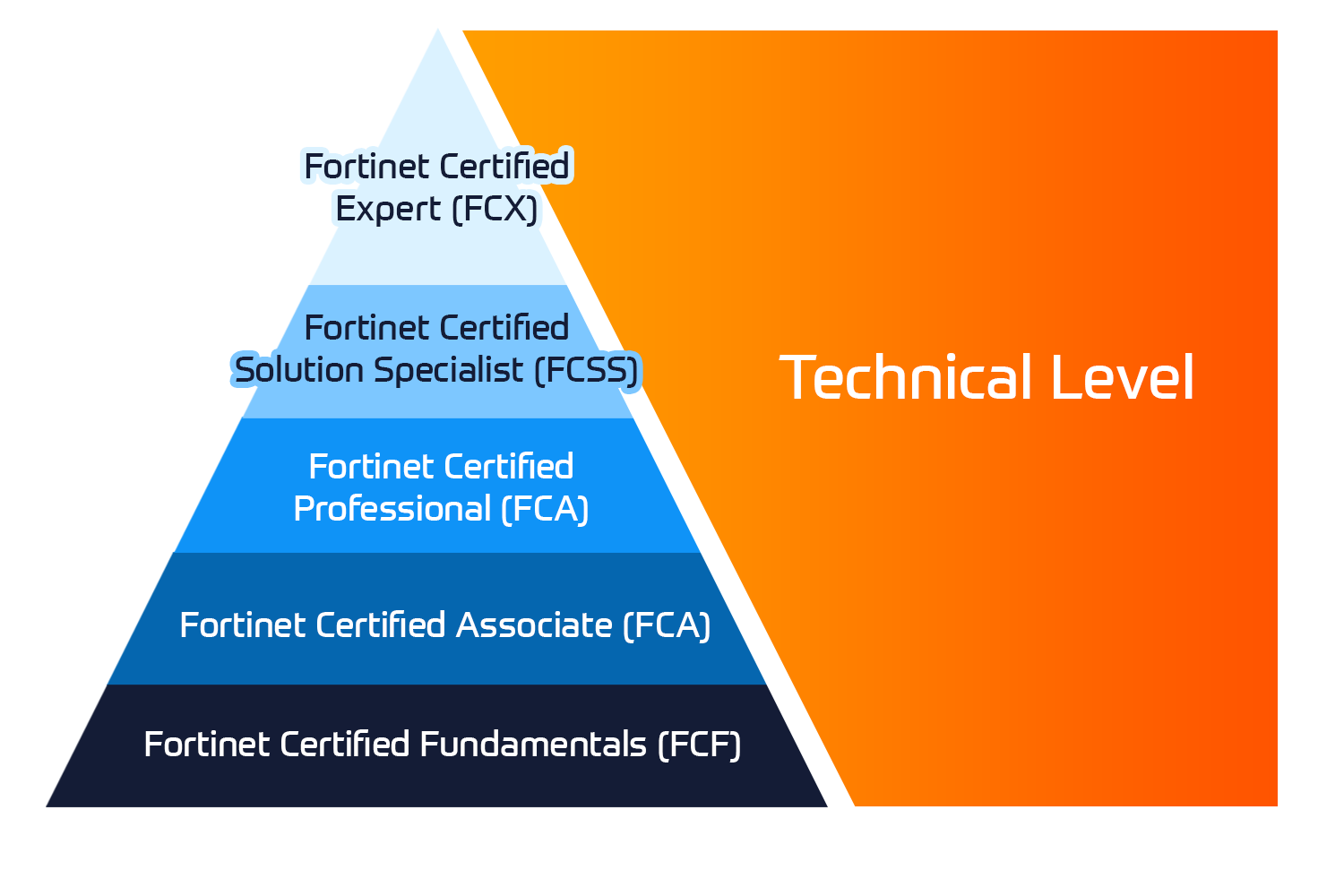




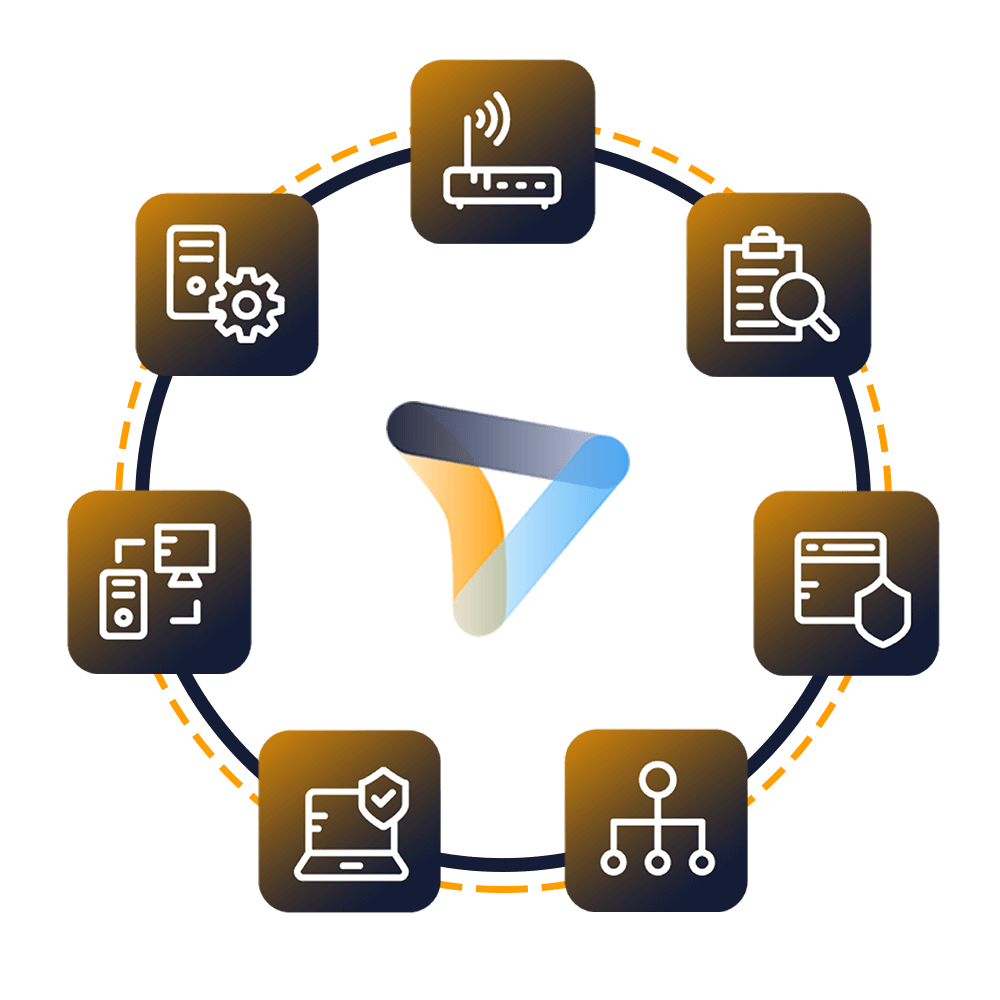



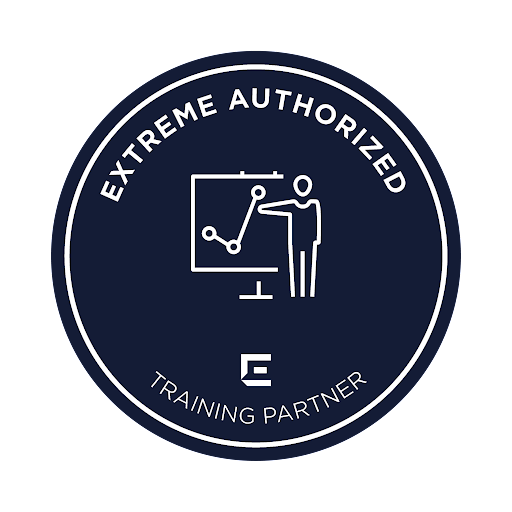





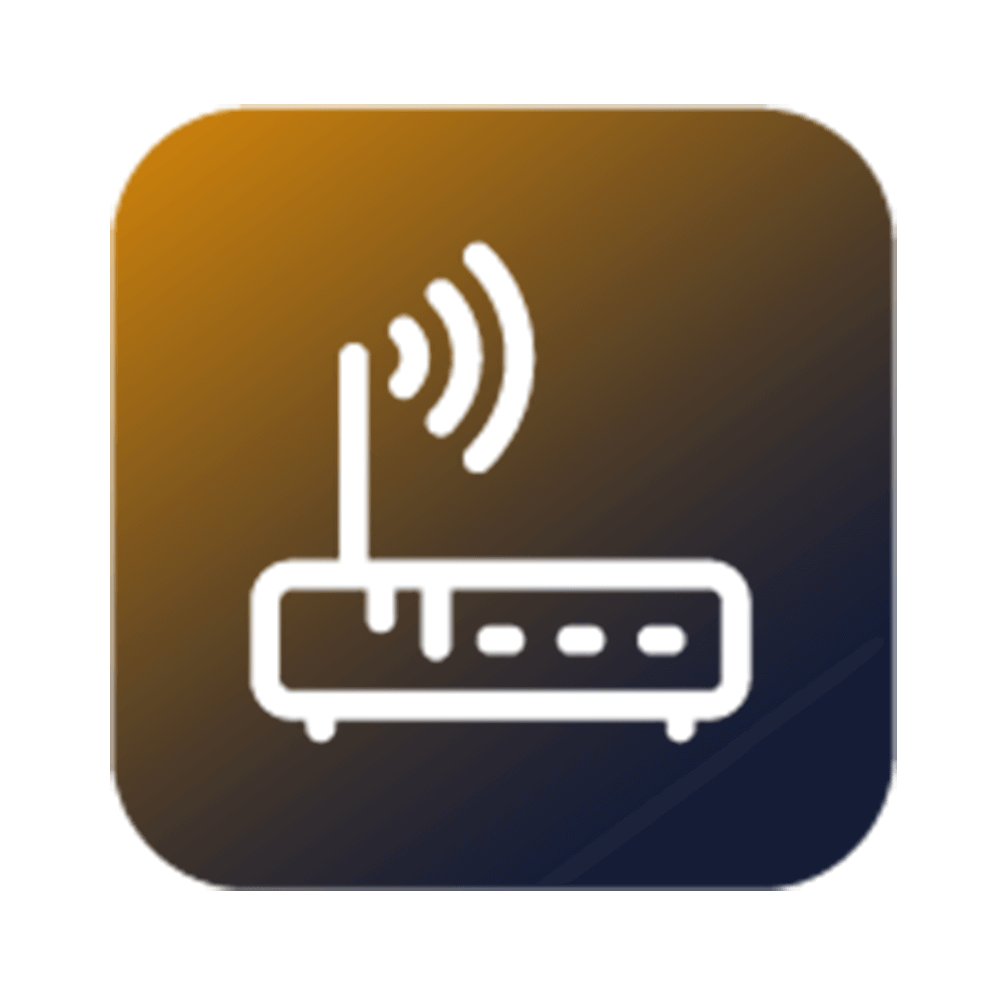

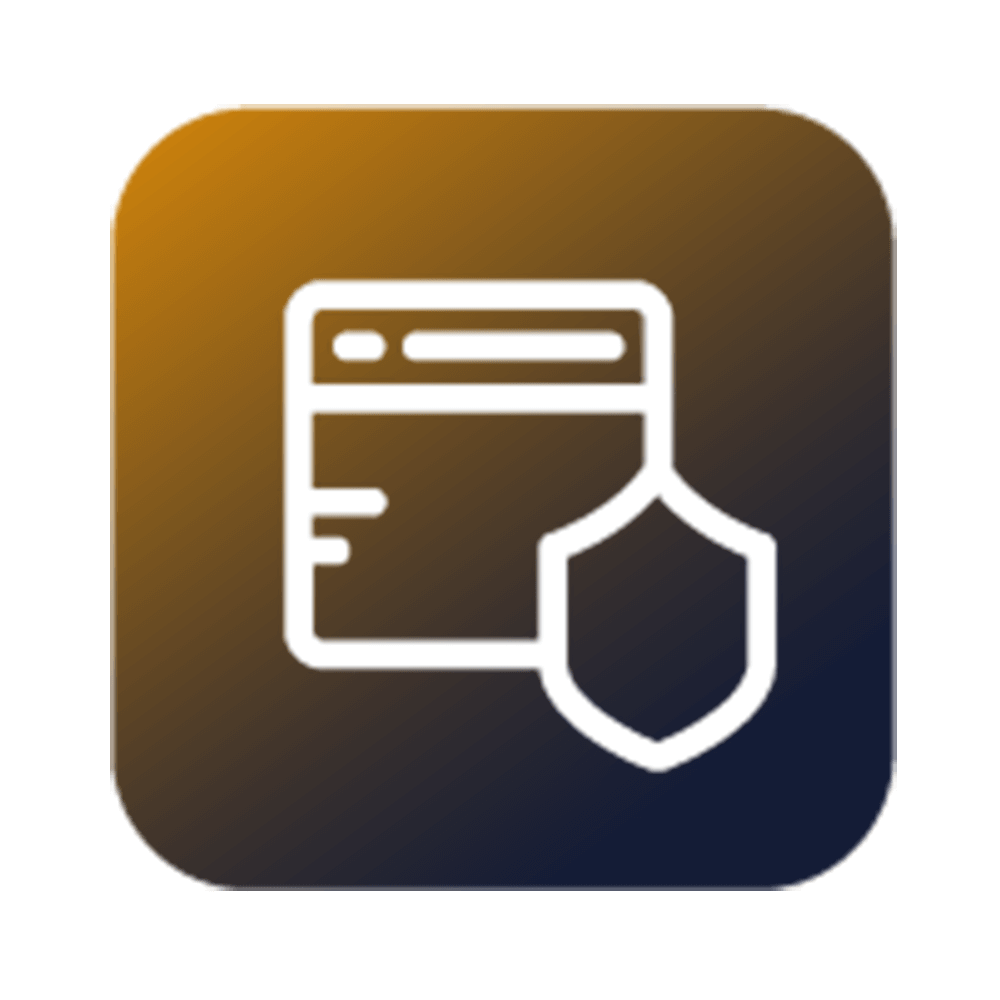
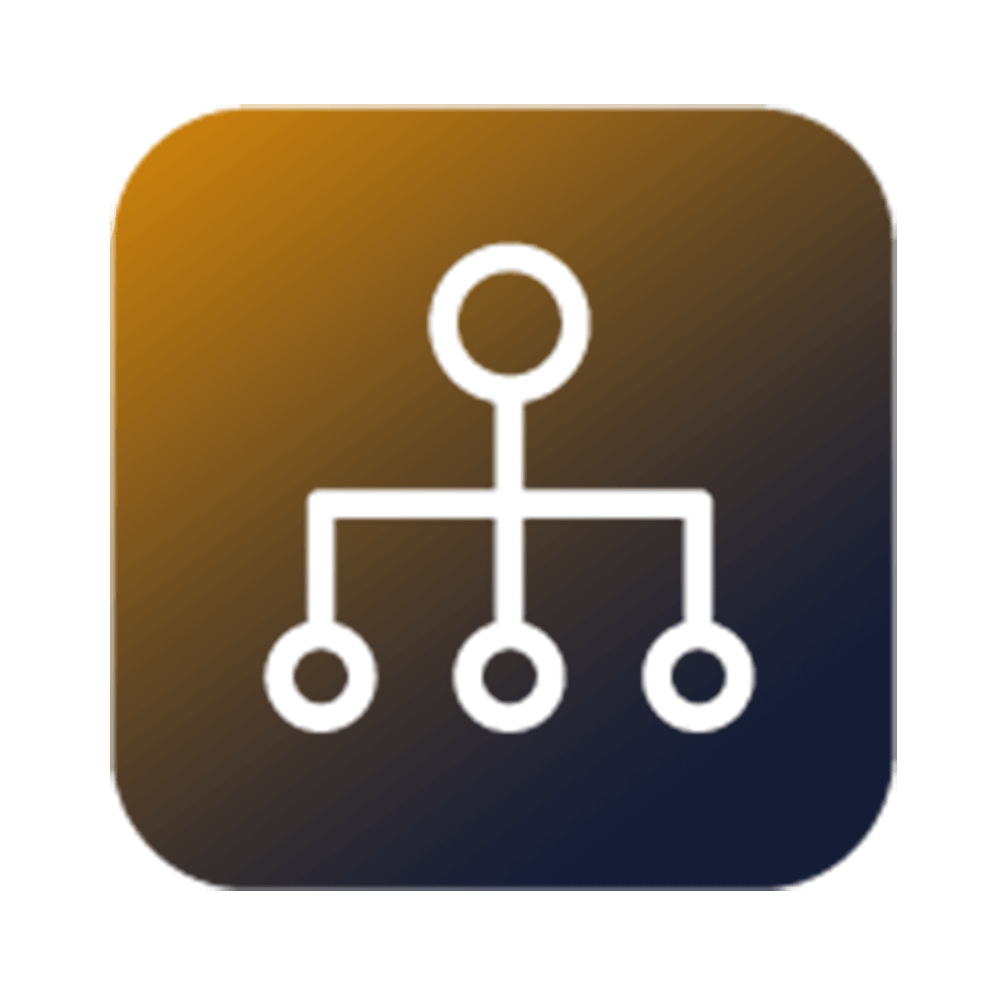
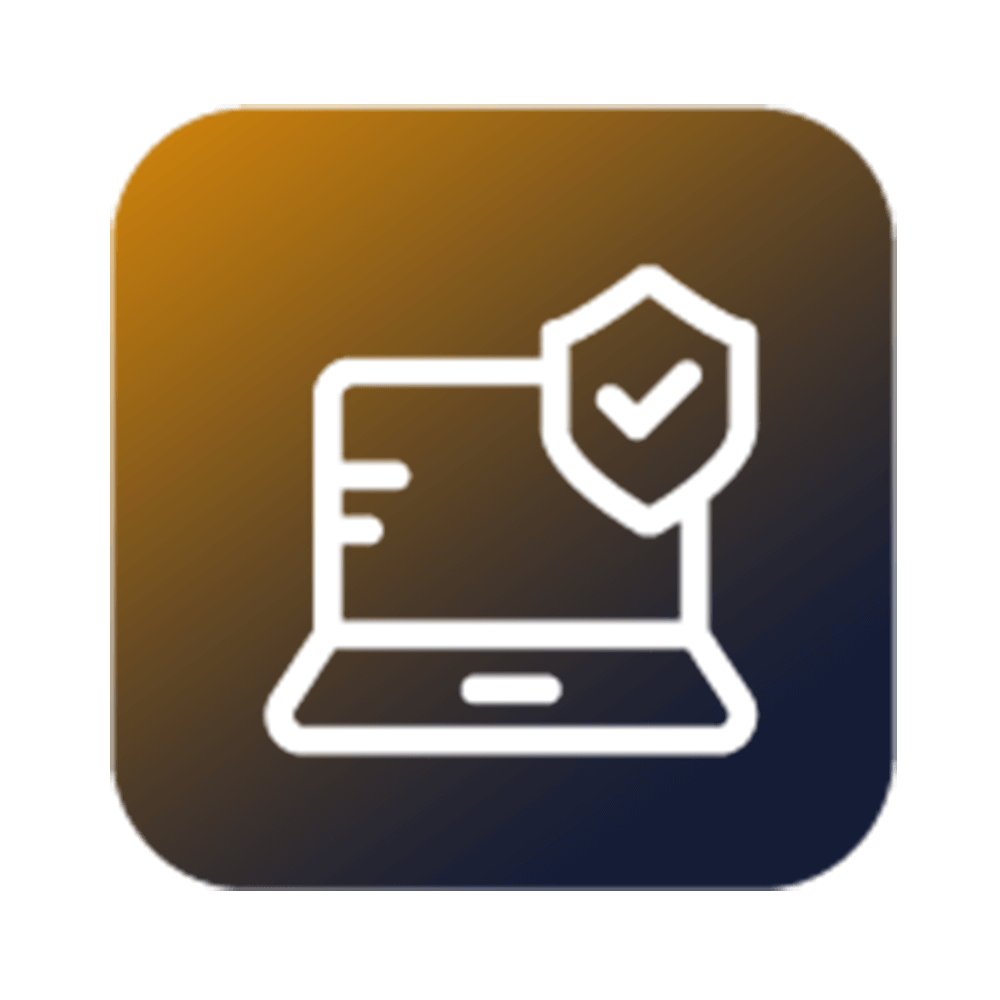


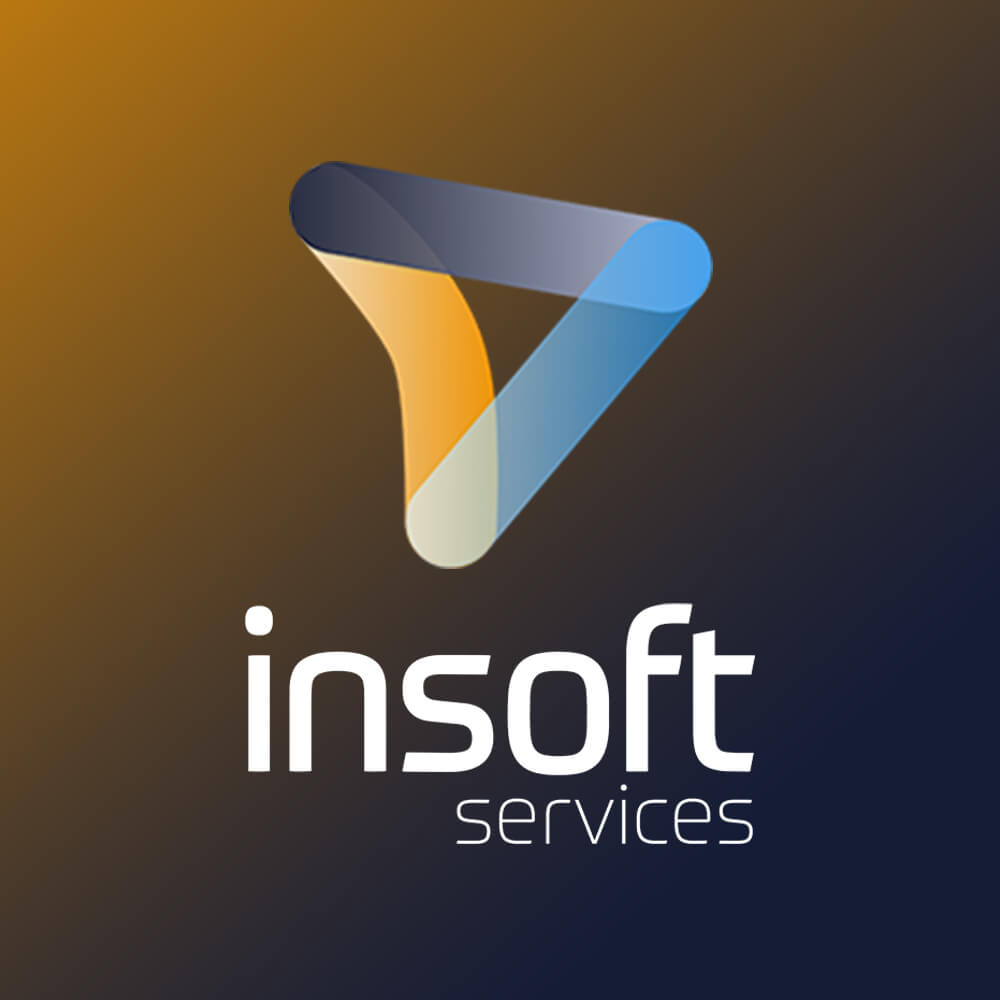


 Schedule a Free Consultation
Schedule a Free Consultation